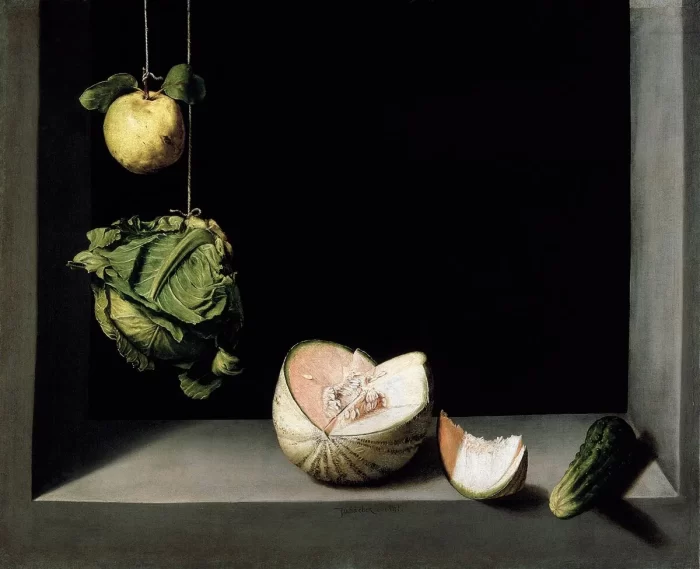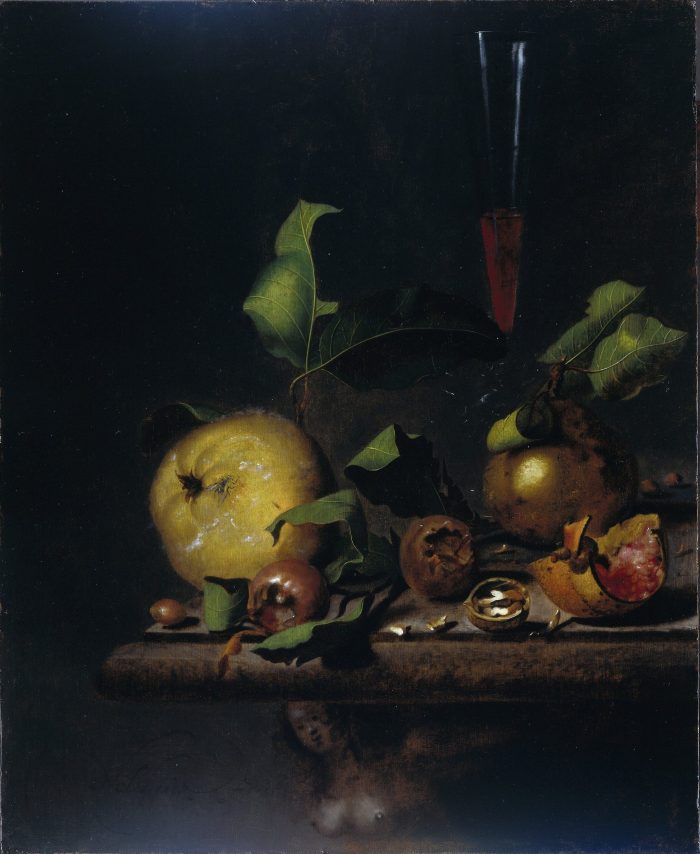Quince, You’ve Been Gone
Q.
Back in the day, the quince was it… the ‘Golden Apple’ of Ancient Greece, no less.
This proud Maloideae member of the flowering Rosaceae family – with cousins that include apples, pears, and serviceberries – starred in stories of Hercules, Aphrodite, and Venus. With origins in the Caucasus Mountains, there was much ado in 1275 when Edward 1 planted four quince trees at the Tower of London.
These days, one is lucky to dig up a jar of quince jelly at a farmer’s market. Some believe the quince is due for a comeback. What was behind the historic quince ballyhoo?
.
A.
You may have heard reference to quince in the popular elementary school poem: Edward Lear’s 1871 ‘The Owl and the Pussycat:’
… ‘Dear Pig, are you willing to sell for one shilling
Your ring?” Said the Piggy, “I will.”
So they took it away, and were married next day
By the Turkey who lives on the hill.
They dined on mince, and slices of quince,
Which they ate with a runcible spoon …
.
Ring in hand, mince and quince in bellies, the Owl and the Pussycat go on to dance by the light of the moon.
Edward Lear wasn’t the first to link quince with love, marriage, and wedding days. In his ‘Moralia’, Plutarch wrote that Solon – one of the Seven Wise Men of Greece – ‘has given directions that the bride shall nibble a quince before entering the bridal chamber, in order that the first greeting may not be disagreeable nor unpleasant.’
Moving forward, it was not uncommon to see newlywed Greek couples carefully placing quince in their homes to symbolize and encourage a happy, fertile marriage.
.
.
And what of the actual eating of quince? Not all were fans of the taste. Take the insights offered in ‘Household Words.’ Issue November, 1883 to April, 1884. The Editor? None other than Charles Dickens.
Quince, we read, was abundant from both local British production and foreign imports. ‘The fruit is so cheap that it is worth while for housekeepers to use it.’
But, however, a Dickensian note of caution follows: ‘The quince is one of those things about which is there no moderate taste. People either violently like or dislike it; in the former case so highly is the flavour appreciated that the quince is eaten raw, whilst in the latter even a morsel is objected to.’
Dickens and co. go on to offer multiple quince recipes: Buttered Quinces, Quince Jelly, Marmalade, Quince Cream, Quince Liqueur. They also describe the use of Quince Syrup and Mucilage to treat conditions from ‘obstinate diarrhea’ to cracked lips, and wounds.
.
.
In her ‘Physica’ – written in the 1150s – Saint Hildegard von Bingen speaks highly of the quince: ‘It is very useful, cooked or roasted, for a sick or healthy person to eat.’ She sees a role for the fruit in fighting ailments from gout to ulcers to ‘foulness.’ Quince syrup, she notes, is a go-to for sore throats in her day.
And, with another vote for Team Quince, Hildegard of Bingen notes that dreaming of quinces means good luck is on the way.
866 years later, Quince. Time to find your way into some more runcible spoons?
.
Header Art: Bartolomeo Cavarozzi. Basket of Fruit. 1620
Quince #2: Juan Sánchez Cotán. Still Life with Quince, Cabbage, Melon, and Cucumber. 1602
Quince #3: Martinus Nellius. Still Life with Quinces, Medlars and a Glass. 1669-1719











